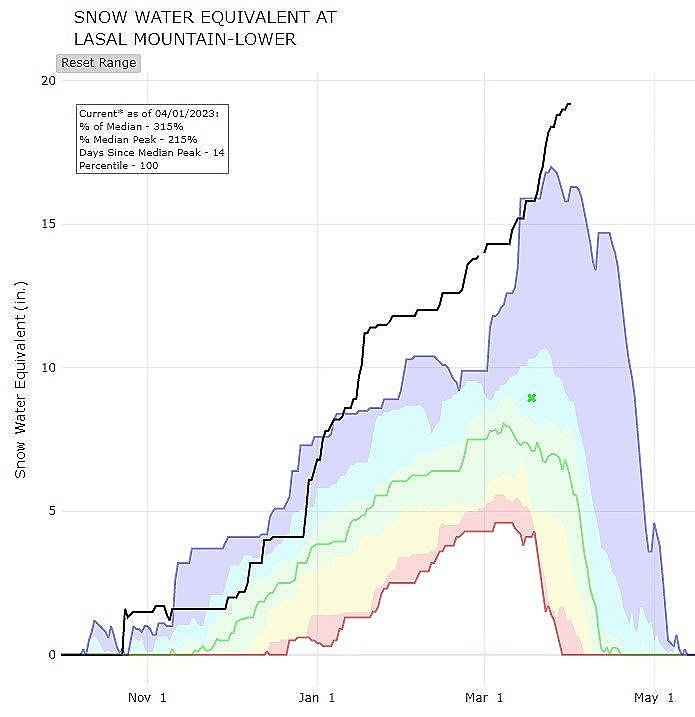is clearly one of the most spectacular displays of Barrier Canyon Style pictographs on the Colorado Plateau. It takes some real effort to get to this special place in an outlying section of Canyonlands National Park but it’s well worth the experience.
The Great Gallery pictograph panel spans about 200 feet (60 meters) in length along a high ledge. (Click on image to enlarge.)
The huge and elaborate Holy Ghost pictograph, more than eight feet (2.4 meters) in height.
Great Gallery detail.
Distinctive trapezoidal Barrier Canyon Style icons in the Great Gallery.
The Alcove in Horseshoe Canyon.










































